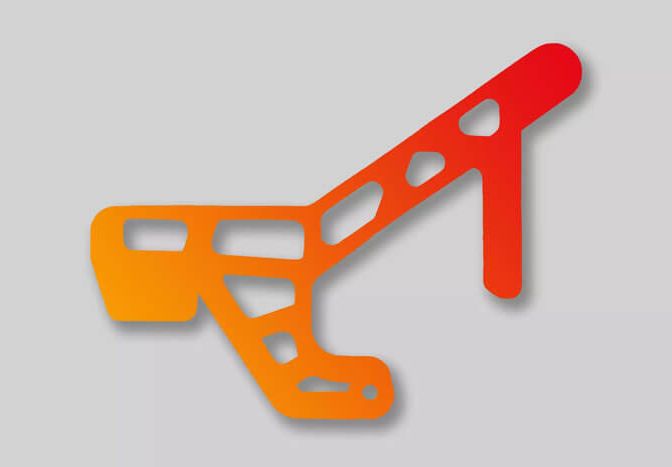Applications
For applications that require a surface in injection molding quality, but whose geometry is too complex or too costly for conventional manufacturing.
Advantages
A combination of the advantages of 3D printing and the casting process
Hybrid technology combines 3D printing with casting. This allows the advantages of both technologies to be utilized.
The 3D data is printed with a wax printer. The printed models are then freed from their support structure and bonded to prefabricated abutments. These are immersed in a special liquid silicate ceramic by means of a robot and then sanded. This process is repeated with a wide variety of slurry and sanding materials until the required ceramic layer thickness is achieved. Using a steam autoclave, the wax model is now released and the mold shell is fired in the sintering furnace at over 1000°C.
The desired alloy can now be melted. Now the desired alloy can be melted and poured into the preheated ceramic shell. After cooling, the shell can be removed mechanically and the castings reworked. Heat treatment for normalizing and or tempering follows for most alloys.
Information on tolerance values etc. can be found here: Blog Investment Casting


